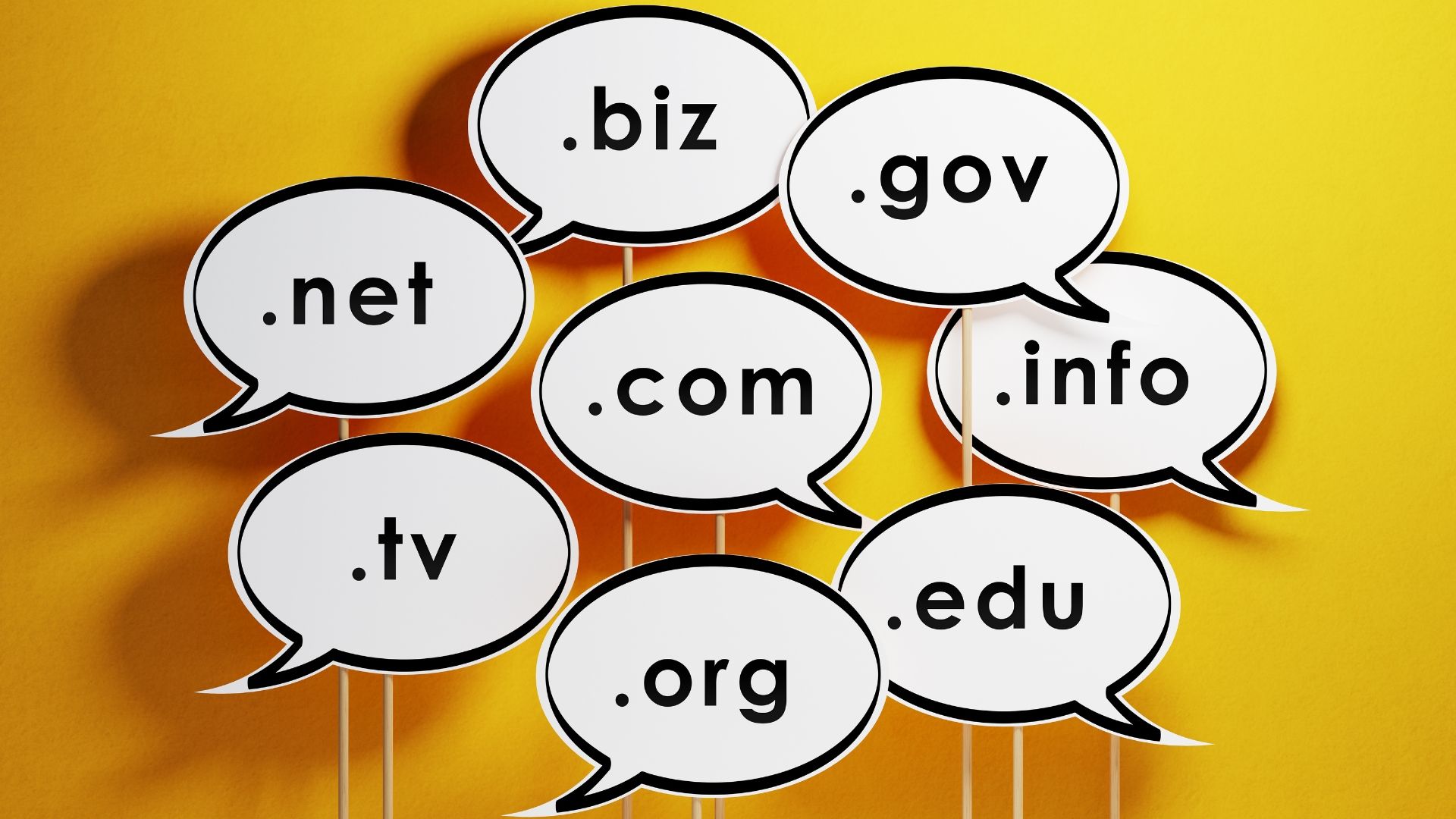It’s no secret that many of us now prefer surfing the Web on our mobile devices. It’s been six years since Google revealed that they handle more searches via mobile than desktop, and much has already been shared about the switch to a mobile-first index. But this is old news—now, most people aren’t just using smartphones to kill time or browse while traveling—many are now using mobile devices to conduct research and buy real products. For example, according to Adobe data, shopping on mobile devices increased by 25% during Black Friday in 2020 alone. With this in mind, optimizing your business website for mobile users is essential to promote traffic, brand awareness, and overall sales. The following are some of our top suggestions to do just that.
1. Design Efficiently
Mobile devices’ small screens and minimal processing power require website designs to be clean and clutter-free. Excessive use of elements makes it difficult to locate key information when screen real estate is severely limited, potentially confusing consumers who aren’t sure where to go or what to do to meet their needs. Minimal designs are ideal for mobile devices, with easy to navigate features and clear, concise information which is easily grasped across various different screen sizes.
2. Color Strategically
Because mobile device screen space is limited, it’s important to help visitors in every way possible. One great way to do this is to take advantage of contrasting colors to highlight key calls to action. This makes these signals stand out, especially when scrolling on a phone, making it crystal clear what visitors needs to do to navigate to their desired destination. Also, resist the urge to use more than a select few branded colors, as too many hues may look unprofessional and end up leaving users puzzled or distracted.
3. Place Buttons Deliberately
It’s fairly inconvenient to constantly scroll up and down through most websites on a mobile device. Therefore, effectively optimized websites assist users by placing buttons deliberately throughout the page. This may mean that you have two, three or even four “Buy Now” or “Let’s Chat” buttons at the top, middle and bottom of your page, evenly spaced so users can easily click to connect or to checkout. Furthermore, utilize familiar icons, as well as drop-down and hamburger menus to save space and streamline the user interface. Because these features are largely standard regardless of industry, and users anticipate that they will function as expected, using these features will telegraph an attention to detail which visitors will greatly appreciate.
4. Elevate User Experience
Mobile users want convenience, and the best sites are quick and easy to navigate and understand. Achieve this by putting yourself in your visitors’ shoes, seeing through their eyes, and considering how the look, feel, and performance will affect their experience. Ensure your website loads in less than 5 seconds by using JPEG images with small file sizes, and avoiding clunky widgets or elements which may bog down older devices. Less is generally more when it comes to mobile optimization—keep the website’s content simple and straightforward. Additionally, if your website contains a store of any kind, ensure its functionality is swift, secure, and effortless; the more difficult it is for users to make a purchase, the less likely they are to actually follow through, recommend your products, or return in the future.
As technology continues to evolve, so too must the software and strategies we employ to utilize it. Mobile device website visitation now far outpaces that of desktops, making mobile optimization no longer optional if businesses wish to remain competitive. The best developers keep this in mind by empathizing with users and prioritizing their experience from first glance to final purchase. If you’re interested in evaluating or optimizing your website’s performance, or simply have questions about best practices, we hope you’ll reach out and contact us. We’d love the opportunity to put your business in the hands of your loyal customers.
Latest Posts



